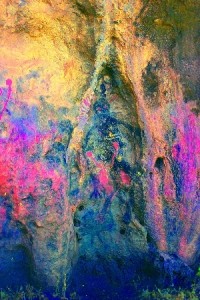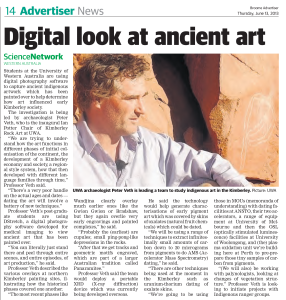Last months story about Wilson Inlet (Denmark, WA) shorebirds has prompted me to post this story from two years ago.
The Royal Netherlands Institute of Sea Research is the world centre for shorebird ecology.
Dutch biologists Tanya Compton and Marc Lavaleye have been to Broome a couple of times to sample and assess the marine life that migrating shorebirds feed on during their annual stay.
They say the relative population of bivalves, worms and crabs has changed every time they have been there.
Science Network WA [read this story]
The Broome Advertiser republished this story.
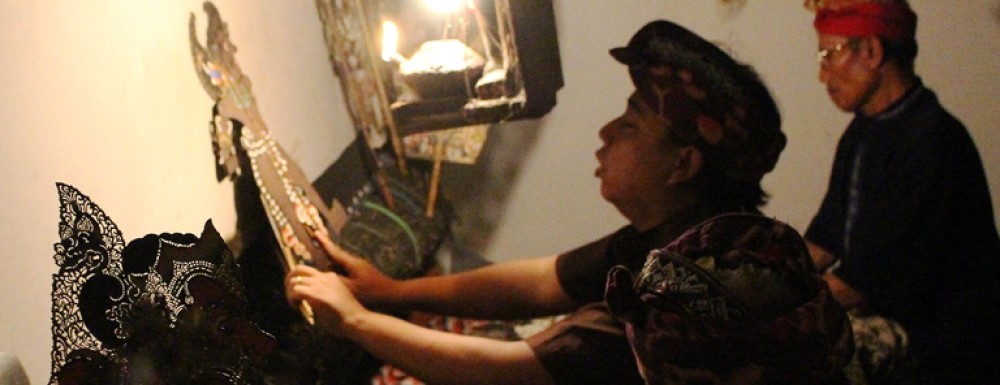
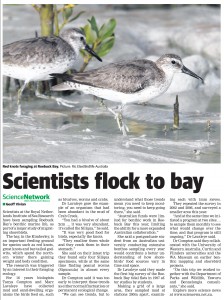
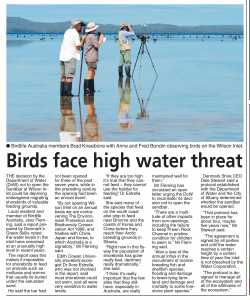
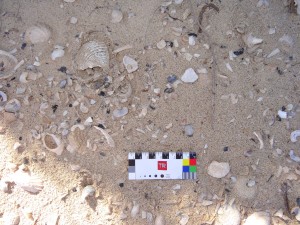
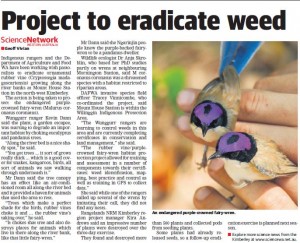
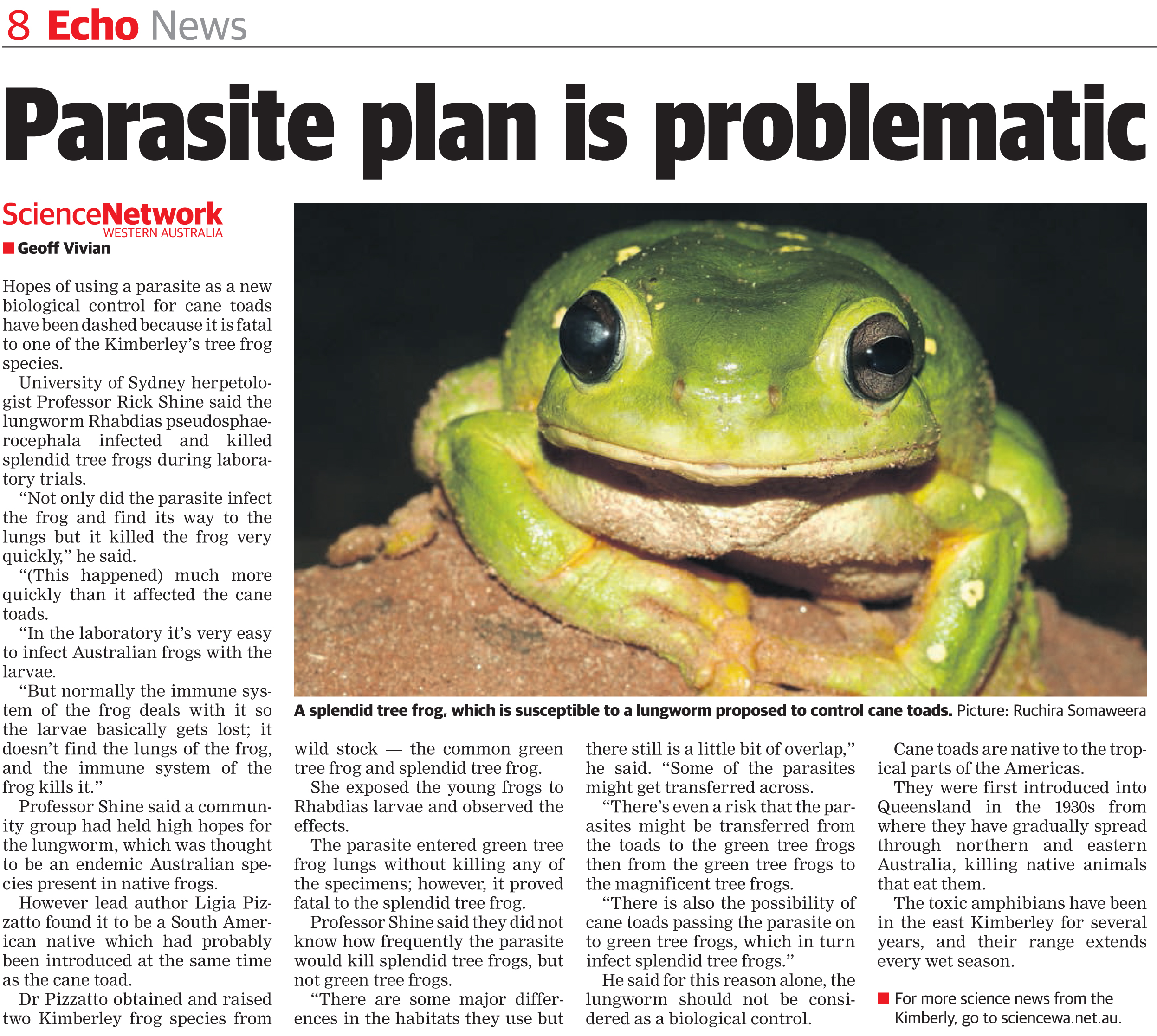
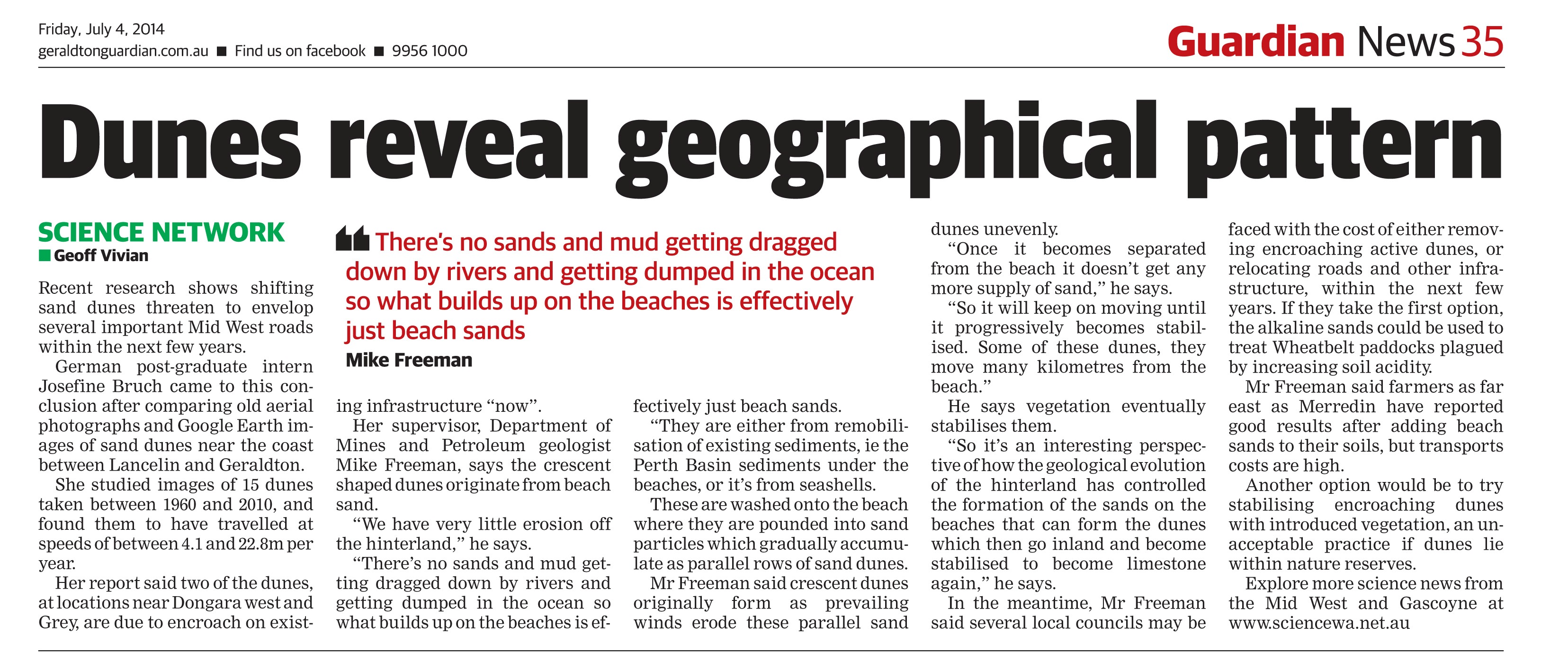
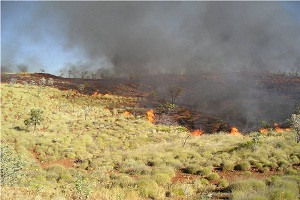 Ecological anthropologist Associate Professor Rebecca Bliege-Bird says key game species are more plentiful near Western Desert communities and well-used roads, where people frequently light hunting fires.
Ecological anthropologist Associate Professor Rebecca Bliege-Bird says key game species are more plentiful near Western Desert communities and well-used roads, where people frequently light hunting fires.
